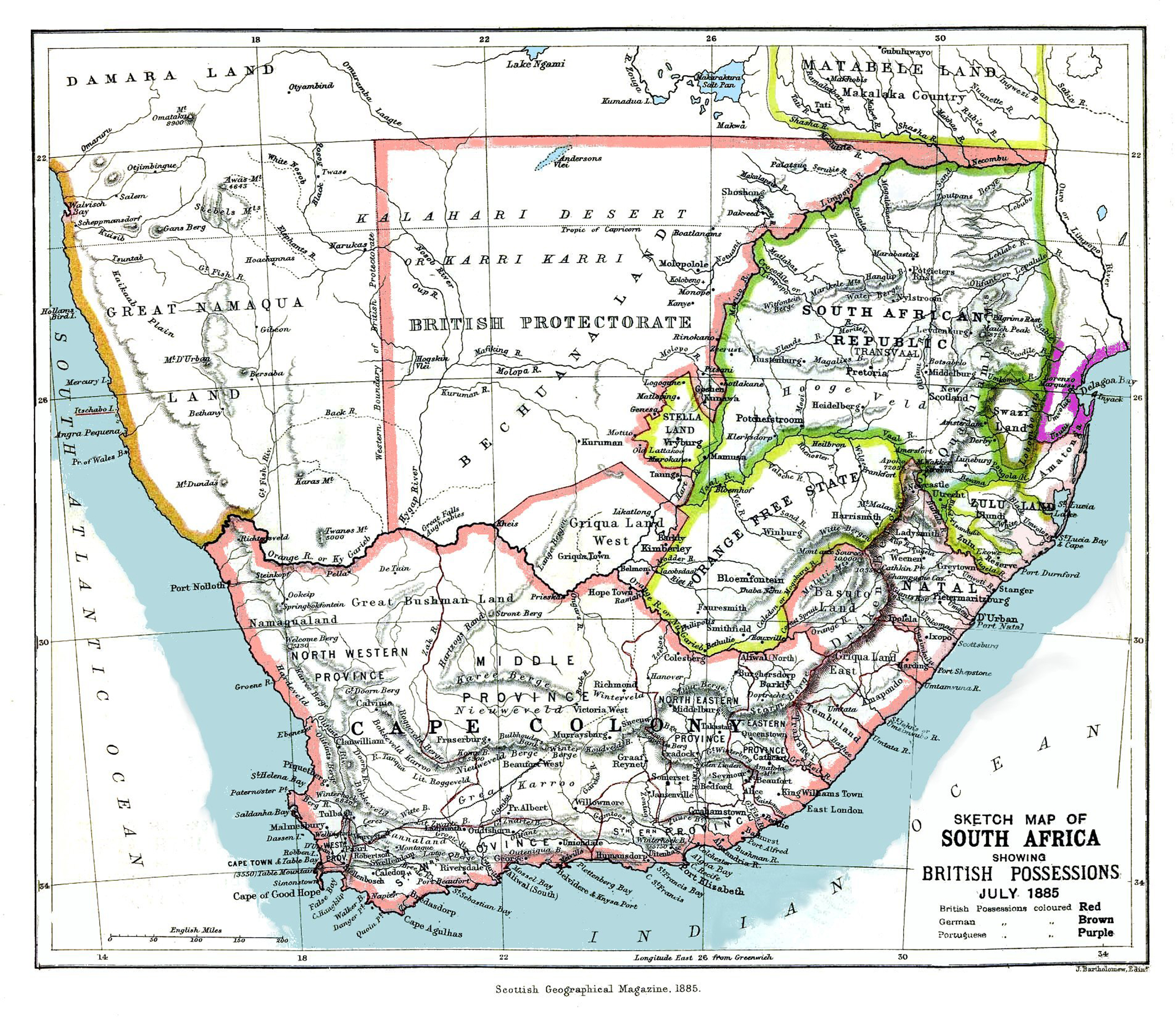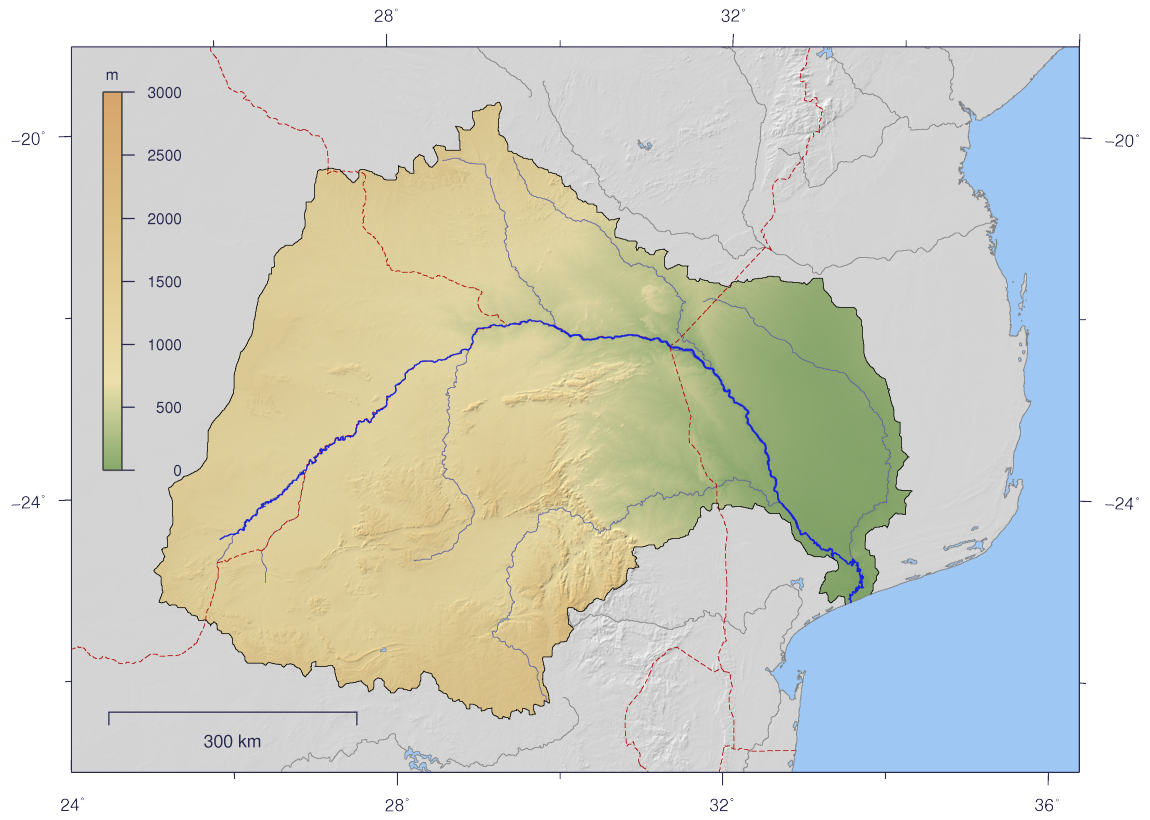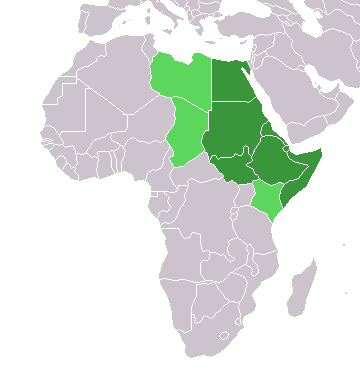|
Bapedi
The Pedi or (also known as the Northern Sotho or and the Marota or ) – are a southern African ethnic group that speak Pedi or ''Sepedi'', a dialect belonging to the Sotho-Tswana enthnolinguistic group. Northern Sotho is a term used to refer to one of South Africa's 11 official languages. Northern Sotho or Sesotho sa Leboa consist of 33 dialects, of which Pedi is one of them. The BaPedi people are almost exclusively found in South Africa's northeastern provinces which are Limpopo, and parts of northern Mpumalanga. There is confusion regarding the distinction between BaPedi people, and tribes referred to Northern Sotho (''Basotho ba Lebowa).'' On the one hand, one military explanation is that the BaPedi people became powerful at one point under a powerful king that ruled over a large piece of land. During this period, a powerful army of the BaPedi conquered smaller tribes, and proclaimed paramountcy over them. On the other hand, another explanation is that after the dec ... [...More Info...] [...Related Items...] OR: [Wikipedia] [Google] [Baidu] |
Northern Sotho Language
Northern Sotho, or as an endonym, is a Sotho-Tswana language spoken in the northeastern provinces of South Africa. It is sometimes referred to as or , its main dialect, through synecdoche. According to the South African National Census of 2011, it is the first language of over 4.6 million (9.1%) people, making it the 5th most spoken language in South Africa. The Sepedi language is spoken most commonly in Mpumalanga, Gauteng and the Limpopo provinces. Name The Northern Sotho written language was based largely on the Sepedi dialect. Missionaries studied this dialect the most closely and first developed the orthography in 1860 by Alexander Merensky, Grutzner and Gerlachshoop. This subsequently provided a common writing system for 20 or more varieties of the Sotho-Tswana languages spoken in the former Transvaal, and also helped lead to "Sepedi" being used as the umbrella term for the entire language family. However, there are objections to this synecdoche by other Nort ... [...More Info...] [...Related Items...] OR: [Wikipedia] [Google] [Baidu] |
Sekhukhuneland
Sekhukhuneland or Sekukuniland ( af, Sekoekoeniland) is a natural region in north-east South Africa, located in the historical Transvaal zone, former Transvaal Province, also known as Bopedi (meaning “land of Bapedi”). The region is named after the 19th-century King, Sekhukhune I. Geography This region is mainly covered by grassland and was inhabited traditionally by the Bapedi in an area stretching across central and northern Transvaal. Sekhukhuneland lies in present-day Limpopo and Mpumalanga provinces, between the Olifants River (Lepelle) and its tributary the Steelpoort River (Tubatse); bordered on the east by the Drakensberg Range, and crossed by the Thaba Ya Sekhukhune in the southeast and the Leolo Mountains in the north. History At the height of the Pedi power under Thulare, about 1790–1820, historical Sekhukhuneland included an area stretching from the site of present-day Rustenburg in the west to the Lowveld in the east, and ranging as far south as the Vaal ... [...More Info...] [...Related Items...] OR: [Wikipedia] [Google] [Baidu] |
Sotho-Tswana Peoples
The Sotho-Tswana people are a meta-ethnicity of southern Africa and live predominantly in Botswana, South Africa and Lesotho. The group mainly consists of four clusters; Southern Sotho (Sotho), Northern Sotho (which consists of the Bapedi, the Balobedu and others), Lozi, and Tswana people. A fifth cluster is sometimes referred to as the Eastern Sotho, and consists of the Pulana, Makgolokwe/Bakholokoe the Pai and others. The Sotho-Tswana people would have diversified into their current arrangement during the course of the 2nd millennium, but they retain a number of linguistic and cultural characteristics that distinguish them from other Bantu-speakers of southern Africa. These are features such as totemism, a pre-emptive right of men to marry their maternal cousins, and an architectural style characterized by a round hut with a conical thatch roof supported by wooden pillars on the outside. Other major distinguishing features included their dress of skin cloaks and a p ... [...More Info...] [...Related Items...] OR: [Wikipedia] [Google] [Baidu] |
Steelpoort River
The Steelpoort River, iNdubazi or Tubatse ( af, Steelpoortrivier) is a river in Limpopo Province, South Africa. It flows northeastwards and is a right hand tributary of the Olifants River, joining it at the lower end of its basin. Its source is located at Kwaggaskop, a farm between Dullstroom, Stoffberg and Belfast. The main tributaries of the Steelpoort River are the Klip River, Dwars River, Waterval River and the Spekboom River. The De Hoop Dam on the Steelpoort River will be in operation from late 2014. Some stretches of this river are popular spots for kayaking. Sekhukhuneland, the historical area of the Pedi people, is located between the Steelpoort River and the Olifants River. See also * List of rivers of South Africa This is a list of rivers in South Africa. It is quite common to find the Afrikaans word ''-rivier'' as part of the name. Another common suffix is "''-kamma''", from the Khoisan term for "river" Meiring, Barbara"South African Toponymic Guideline ... [...More Info...] [...Related Items...] OR: [Wikipedia] [Google] [Baidu] |
Olifants River (Limpopo)
The Olifants River, Lepelle, iBhalule or Obalule ( af, Olifantsrivier; pt, Rio dos Elefantes) is a river in South Africa and Mozambique, a tributary of the Limpopo River. It falls into the Drainage Area B of the Drainage basins of South Africa. The historical area of the Pedi people, Sekhukhuneland, is located between the Olifants River and one of its largest tributaries, the Steelpoort River. Course The Olifants River has its origin between Breyten and Bethal, Mpumalanga Province. It flows north towards Limpopo Province through Witbank Dam and then the Loskop Dam and is forced east by the Transvaal Drakensberg, cutting through at the Abel Erasmus Pass and then flowing east further across the Lowveld to join with the Letaba River. It crosses into Gaza Province, Mozambique, after cutting through the Lebombo Mountains by way of the Olifants Gorge, becoming the ''Rio dos Elefantes'', and finally joining the Limpopo River after 40 km before it enters the Indian Ocean at ... [...More Info...] [...Related Items...] OR: [Wikipedia] [Google] [Baidu] |
Great Zimbabwe
Great Zimbabwe is a medieval city in the south-eastern hills of Zimbabwe near Lake Mutirikwi and the town of Masvingo. It is thought to have been the capital of a great kingdom during the country's Late Iron Age about which little is known. Construction on the city began in the 9th century and continued until it was abandoned in the 15th century. The edifices are believed to have been erected by the ancestral Shona. The stone city spans an area of and could have housed up to 18,000 people at its peak, giving it a population density of approximately 2,500 per square kilometre. It is recognised as a World Heritage Site by UNESCO. Great Zimbabwe is believed to have served as a royal palace for the local monarch. As such, it would have been used as the seat of political power. Among the edifice's most prominent features were its walls, some of which are eleven metres high. They were constructed without mortar (dry stone). Eventually, the city was abandoned and fell into ruin. ... [...More Info...] [...Related Items...] OR: [Wikipedia] [Google] [Baidu] |
Totem
A totem (from oj, ᑑᑌᒼ, italics=no or '' doodem'') is a spirit being, sacred object, or symbol that serves as an emblem of a group of people, such as a family, clan, lineage, or tribe, such as in the Anishinaabe clan system. While ''the word'' totem itself is an anglicisation of the Ojibwe term (and both the word and beliefs associated with it are part of the Ojibwe language and culture), belief in tutelary spirits and deities is not limited to the Ojibwe people. Similar concepts, under differing names and with variations in beliefs and practices, may be found in a number of cultures worldwide. The term has also been adopted, and at times redefined, by anthropologists and philosophers of different cultures. Contemporary neoshamanic, New Age, and mythopoetic men's movements not otherwise involved in the practice of a traditional, tribal religion have been known to use "totem" terminology for the personal identification with a tutelary spirit or spirit guide. However, ... [...More Info...] [...Related Items...] OR: [Wikipedia] [Google] [Baidu] |
Paramount Chief
A paramount chief is the English-language designation for the highest-level political leader in a regional or local polity or country administered politically with a chief-based system. This term is used occasionally in anthropological and archaeological theory to refer to the rulers of multiple chiefdoms or the rulers of exceptionally powerful chiefdoms that have subordinated others. Paramount chiefs were identified by English-speakers as existing in Native American confederacies and regional chiefdoms, such as the Powhatan Confederacy and Piscataway Native Americans encountered by European colonists in the Chesapeake Bay region of North America. During the Victoria era, paramount chief was a formal title created by British colonial administrators in the British Empire and applied in Britain's colonies in Asia and Africa. They used it as a substitute for the word "king" to ensure that only the British monarch held that title.Government Documents. Great Britain. Foreign O ... [...More Info...] [...Related Items...] OR: [Wikipedia] [Google] [Baidu] |
Tswana People
The Tswana ( tn, Batswana, singular ''Motswana'') are a Bantu-speaking ethnic group native to Southern Africa. The Tswana language is a principal member of the Sotho-Tswana language group. Ethnic Tswana made up approximately 85% of the population of Botswana in 2011. Batswana are the native people of south and eastern Botswana, and the Gauteng, North West, Northern Cape and Free State provinces of South Africa, where the majority of Batswana are located. History Early history of Batswana The Batswana are descended mainly from Bantu-speaking tribes along with the Khoi-San. Tswana tribe migrated southward to Africa around 600 CE, living in tribal enclaves as farmers and herders. Several Iron Age cultures flourished around the 900 CE, including the Toutswemogala Hill Iron Age settlement. The Toutswe were in the eastern region of what is now Botswana, relying on Tswana cattle breed held in kraals as their source of wealth. The arrival of the ancestors of the Tswana-spea ... [...More Info...] [...Related Items...] OR: [Wikipedia] [Google] [Baidu] |
Gauteng
Gauteng ( ) is one of the nine provinces of South Africa. The name in Sotho-Tswana languages means 'place of gold'. Situated on the Highveld, Gauteng is the smallest province by land area in South Africa. Although Gauteng accounts for only 1.5% of the country's land area, it is home to more than a quarter of its population (26%). Highly urbanised, the province contains the country's largest city, Johannesburg, which is also one of the largest cities in the world. Gauteng is the wealthiest province in South Africa and is considered as the financial hub of not only South Africa but the entire African continent, mostly concentrated in Johannesburg. It also contains the administrative capital, Pretoria, and other large areas such as Midrand, Vanderbijlpark, Ekurhuleni and the affluent Sandton. Gauteng is the most populous province in South Africa with a population of approximately 16.1 million people according to mid year 2022 estimates. Etymology The name ''Gauteng'' is derived ... [...More Info...] [...Related Items...] OR: [Wikipedia] [Google] [Baidu] |
Zimbabwe
Zimbabwe (), officially the Republic of Zimbabwe, is a landlocked country located in Southeast Africa, between the Zambezi and Limpopo Rivers, bordered by South Africa to the south, Botswana to the south-west, Zambia to the north, and Mozambique to the east. The capital and largest city is Harare. The second largest city is Bulawayo. A country of roughly 15 million people, Zimbabwe has 16 official languages, with English, Shona, and Ndebele the most common. Beginning in the 9th century, during its late Iron Age, the Bantu people (who would become the ethnic Shona) built the city-state of Great Zimbabwe which became one of the major African trade centres by the 11th century, controlling the gold, ivory and copper trades with the Swahili coast, which were connected to Arab and Indian states. By the mid 15th century, the city-state had been abandoned. From there, the Kingdom of Zimbabwe was established, followed by the Rozvi and Mutapa empires. The British Sout ... [...More Info...] [...Related Items...] OR: [Wikipedia] [Google] [Baidu] |
Northeast Africa
Northeast Africa, or ''Northeastern Africa'' or Northern East Africa as it was known in the past, is a geographic regional term used to refer to the countries of Africa situated in and around the Red Sea. The region is intermediate between North Africa and East Africa, and mainly encompasses the Horn of Africa (Ethiopia, Eritrea, Somalia, and Djibouti) and the Sudans and as well as Egypt and Libya. Sometimes, its borders are stretched to either include Kenya like the NFD region or Eastern Chad. The region has a very long history of habitation with fossil finds from the early hominids to modern human and is one of the most genetically and linguistically diverse regions of the world, being the home to many civilizations and located on an important trade route that connects multiple continents.Project MUSE. (2020). Northeast African Studies'. Retrieved March 22, 2020. "This distinguished journal is devoted to the scholarly analysis of Ethiopia, Eritrea, Djibouti, Somalia, and Sudan, a ... [...More Info...] [...Related Items...] OR: [Wikipedia] [Google] [Baidu] |





_(14796270283).jpg)
